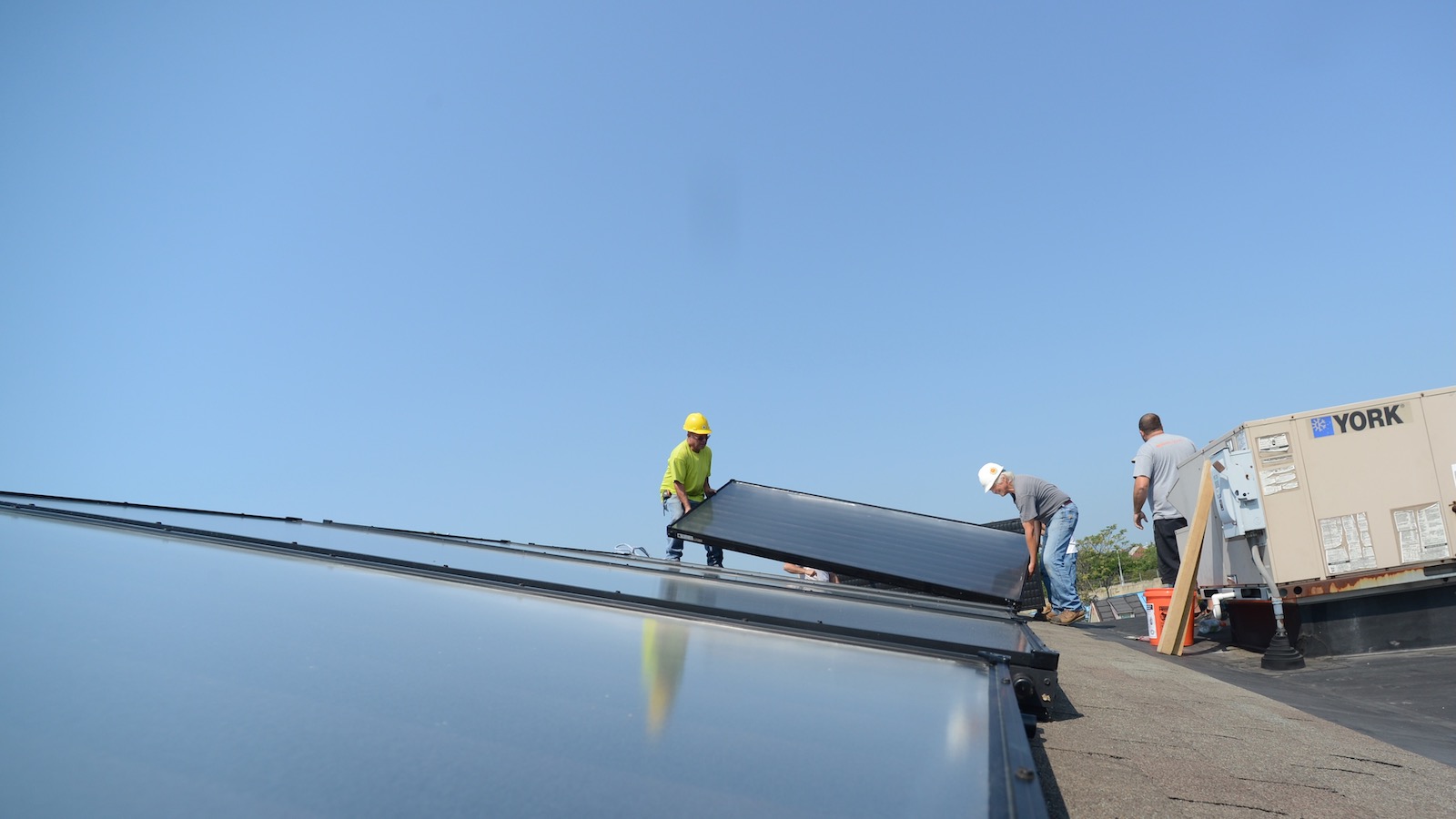How California is casting a cloud over residential solar
Led by California, rooftop solar installations are poised to fall 12 percent nationally this year. It’s the first decline since 2017.

The past five years have been something of a blur for the crew at Energy Concepts Enterprises. The company, which has been installing solar panels in and around Fresno, California, since 1992, could barely keep up with demand as consumers embraced the technology in ever-greater numbers. Every year was busier than the last.
Until 2023, when business plummeted. According to marketing director Carlos Beccar, sales fell from as many as 40 systems a month to 10, or less. “It’s been an incredible downturn,” he said. “We laid off half of our staff and we’re probably not done.”
California is leading what analysts expect to be the first year-over-year decline in residential solar installations since 2017. Energy consultants at Wood MacKenzie anticipate that the state, which accounts for the bulk of the United States market, will see a 41 percent drop in 2024. Nationwide, they predict a 12 percent contraction.
“We’re expecting the first half of the year to be pretty tough for installers,” said Zoë Gaston, a principal analyst for residential solar at the firm. She said she’s heard of more than 100 bankruptcies already across the country.
One culprit is high interest rates, which have made it more difficult for homeowners to afford expensive solar projects. Gaston said this is especially true in states that have traditionally seen a higher portion of systems purchased with loans, such as Texas, which saw a 29 percent drop in installs between the third quarters of 2022 and 2023. Leased systems have picked up some of the slack and, excluding California, installations are anticipated to grow roughly 4 percent this year — but any growth, should it happen, would be in stark contrast with recent annual growth rates that have sometimes topped 40 percent.
Beccar says interest rates have been a factor in California’s decline too, but a relatively minor one that his company was prepared to weather. The much bigger factor has been a state Public Utilities Commission rule change that slashed the rate at which homeowners can sell power back to their electricity provider. The state’s largest utility, Pacific Gas and Electric Co., or PG&E, stated in an annual report that the new rules will reduce compensation for solar new customers by about 80 percent. Wood Mackenzie says the new net metering rates have caused the payback period for residential systems to almost triple, from five or six years to 14 or 15.
“It’s like they put a brick wall in front of us,” Beccar said, explaining that for many homeowners exploring solar the large upfront investment no longer makes sense. While the company was able to get by most of last year installing systems it had sold before the change, the lack of new sales has installations grinding to a halt and workers sitting idle. “I think the impacts are going to be more severe coming up.”
The commission argued that the rate change brings homeowner compensation more in line with the value of the electricity they produce, rather than having other customers subsidize the program. Another goal, it said in a statement, was also to encourage the addition of battery storage to residential solar systems. In an email, spokesperson Terrie Prosper said battery installations have indeed jumped dramatically, and she contended that payback periods remain in the range of five to eight years. Major utility companies in the state, including PG&E, lobbied in support of the changes.
Of course the utility supported the bill, said Bernadette Del Chiaro, executive director of the California Solar and Storage Association. “They have natural gas in their middle name,” she said. The association, along with environmental groups, opposed the net metering overhaul. Del Chiaro says the “cost-shift” narrative is misleading and that the commission based its findings on flawed modeling, rather than utility bills, with the end result being less solar deployment.
“All of this flies in the face of where America is trying to go in terms of clean energy,” she said.
A number of other states are poised to potentially follow California, such as Oregon and Wisconsin. This worries Thomas Devine, a solar installer who left California after its recent changes. His company still operates in five other states. “It frustrates the hell out of me,” he said. “We can’t afford to have this spread across the country.”
Gaston expects the nationwide slowdown to be relatively short and the rebound larger than it was after the 2017 slump, which occurred when several companies quit the residential solar business. “There is some upside at the end of the year if the interest rates come down,” she said, also noting that the Inflation Reduction Act extended the 30 percent credit on solar until 2032. Current headwinds have muted its effects, she said, but “in 2025, we’ll start to see more of the benefits.”
Beccar is optimistic that his company will survive the slump, but he hates the term “rebound.” To him, it conjures images of a basketball bouncing back to almost the height from which it was dropped.
“This is going to be one of those things where it’s like when you throw those weight balls,” he quipped. “You throw it really hard, and it comes back up about an inch.”
This story was originally published by Grist with the headline How California is casting a cloud over residential solar on Jan 26, 2024.
What's Your Reaction?




















































